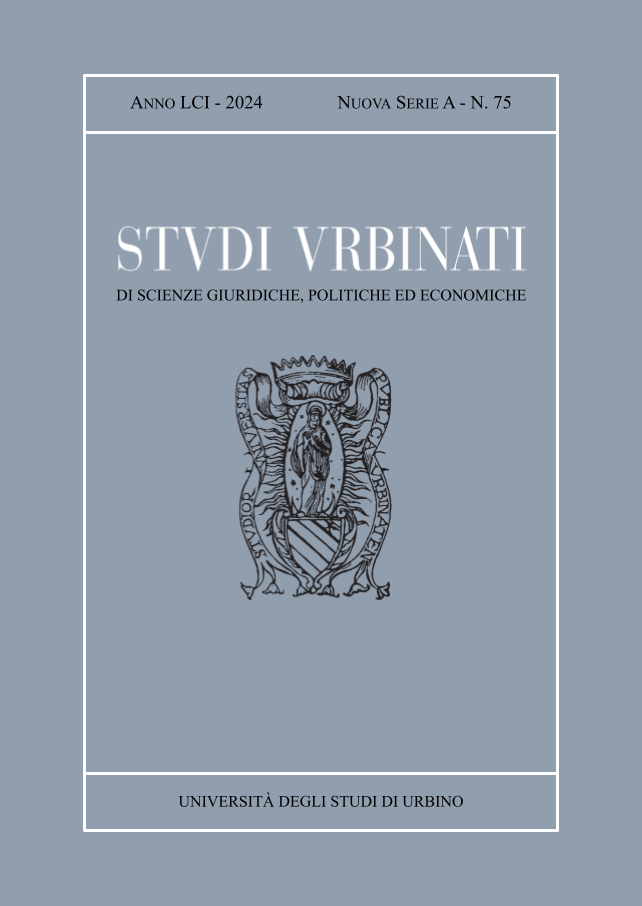Abstract
Nel 1985, con la fecondazione in vitro, il Regno Unito per primo ha istituito un quadro normativo sulla surroga e un’autorità pubblica. In molti Paesi UE la tutela della dignità della donna ha prevalso sul principio della sua autodeterminazione ed è stato stabilito un divieto generale alla pratica della maternità surrogata. I tribunali nazionali hanno trovato soluzioni per garantire il diritto alla famiglia dei bambini nati all’estero. La Corte Europea dei Diritti dell’Uomo sostiene questo approccio. L’estensione all’estero del divieto di accordi da parte dell'Italia mira invece a prevenire questi casi. Negli Stati Uniti le leggi riconoscono il diritto alla genitorialità, offrendo garanzie contrattuali alla surrogazione, con differenze da uno Stato all’altro. La maternità surrogata commerciale è vietata, ma la mediazione e le garanzie private sono consentite in nome della libertà di commercio. In molti Stati i genitori omosessuali e single non sono ammessi come gli altri cittadini.

TQuesto lavoro è fornito con la licenza Creative Commons Attribuzione 4.0 Internazionale.
Copyright (c) 2025 Nicola Giannelli

